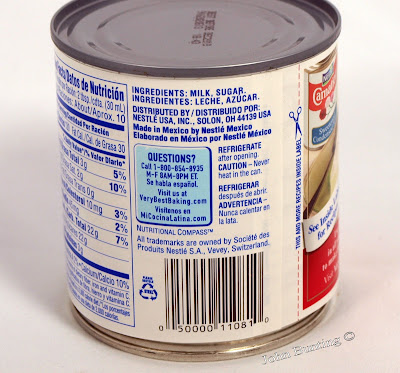

(click on image to enlarge)
Issue 2 in Ohio would change the constitution of Ohio to create a "livestock board" with unlimited power - seems like a NAIS 2.
Here is a link to an organization opposing Issue 2:
http://www.ohioact.org/There seems to be a lot of out-of-state money behind Issue 2. I count 82 different mostly corporate donors.
ALABAMA CATTLEMEN'S ASSOC.
ALABAMA PORK PRODUCERS
ARIZONA FARM BUREAU FEDERATION
ARIZONA PORK COUNCIL
CALIFORNIA FARM BUREAU FEDERATION
COLORADO PORK PRODUCERS COUNCIL
PIGKNOWS LLC
DELAWARE STATE FARM BUREAU, INC..
FLORIDA CATTLEMEN'S ASSN.
GEORGIA PORK PRODUCERS ASSN
US POULTRY & EGG ASSOCIATION
UNITED EGG PRODUCERS
HAWAII CATTLEMEN'S COUNCIL
IOWA PORK PRODUCERS ASSOCIATION
HY-LINE NORTH AMERICA, LLCC
NATIONAL PORK PRODUCERS COUNCIL
IOWA SOYBEAN ASSOCIATION
NATIONAL PORK PRODUCERS COUNCIL
IOWA FARM BUREAU
PIONEER HI-BRED INTERNATIONAL INC.
IOWA FARM AUTOMATION, LTD..
NATIONAL PORK PRODUCERS COUNCIL
ILLINOIS PORK PRODUCERS ASSOCIATION
INDIANA PORK PRODUCERS ASSN
ELI LILLY & COMPANY
INDIANA FARM BUREAU
TIMMERMAN TURKEY FARM
WESTGERDES FARMS, INC..
HARVEST LAND CO-OP
JBS UNITED, INC..
FIELDS FARMS
DUES & SONS, LLCC
INDIANA PORK PRODUCERS ASSN
VETERINARY/POULTRY SUPPLY
HARVEST LAND
KAHLIG TURKEY FARM
MIDWEST POULTRY SERVICES, L.P..
REXNEIL FARMS INC.
I/M/O AGRI-SYSTEMS, LLCC
KANSAS FARM BUREAU LEGAL FOUNDATION
KANSAS LIVESTOCK ASSOC.
KANSAS PORK ASSOCIATION
FARM CREDIT SERVICES OF MID-AMERICA
KENTUCKY FARM BUREAU FEDERATION
KENTUCKY PORK PRODUCERS ASSOC.
MARYLAND PORK PRODUCERS ASSOCIATION INC.
MICHIGAN CATTLEMEN'S ASSOC.
VOOGT FARMS
MINNESOTA PORK PRODUCERS ASSOCIATION
MINNESOTA SOYBEAN GROWERS ASSN
MINNESOTA SOYBEAN RESEARCH & PROMO COUNCI
MISSOURI PORK ASSOCIATION
MISSOURI FARM BUREAU
MISSOURI SOYBEAN ASSN
LIVESTOCK MARKETING ASSOCIATION
AMERICAN SOYBEAN ASSOCIATION
MISSISSIPPI PORK
FOAM PACKAGING INC.
NORTH CAROLINA PORK COUNCIL
HOG SLAT, INCC
SYNGENTA CROP PROTECTION
NORTH DAKOTA FARM BUREAU FOUNDATION
NEBRASKA PORK PRODUCERS ASSOCIATION
NEBRASKA CATTLEMEN'S ASSN.
SWINE MGT SERVICES, LLCC
NEBRASKA FARM BUREAU SERVICES, INC..
NEW JERSEY FARM BUREAU
MERCER COUNTY BOARD OF AGRICULTURE
NY PORK PRODUCERS CO-OP
Very strange.
John




























